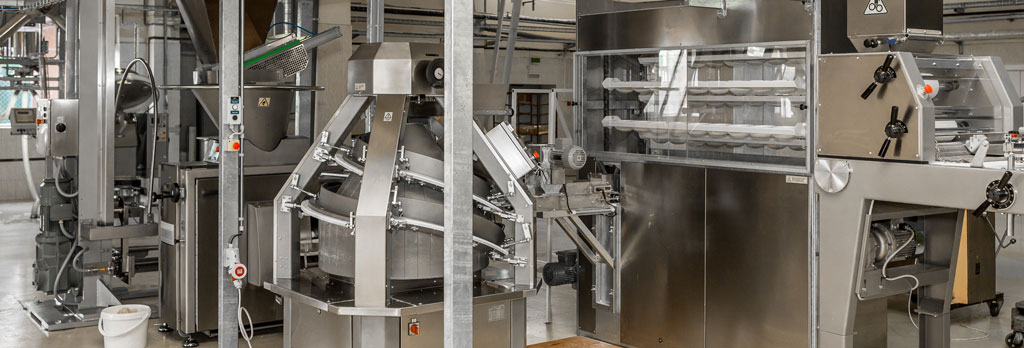
Challenges and Solutions for Agricultural Grain Elevators
Agricultural grain elevators are the backbone of the farming industry, facilitating the efficient transfer and storage of essential crops. However, with technology evolving and demands for enhanced efficiency growing, the need to modernize traditional grain elevators has become apparent. In this article, we delve into the challenges faced by the agricultural industry in traditional grain elevator usage and present innovative solutions that harness automation, remote monitoring, and advanced control systems to improve the grain handling process.
Challenges:
- Outdated Control Systems:
Traditional grain elevators often rely on outdated control systems that result in slower operations, potential breakdowns, and increased maintenance costs. These systems require constant manual adjustments and lack the flexibility to adapt to varying crop types and handling conditions. - Human Errors:
Human errors in grain elevators can lead to cross-contamination of different agricultural commodities, compromising crop quality and value. Inaccuracies in dispensing grain can also result in financial losses for both farmers and elevator operators. - Lack of Remote Monitoring:
The absence of remote monitoring capabilities limits the grain elevator's ability to respond promptly to issues, especially in remote locations. Without real-time monitoring, identifying potential problems becomes challenging, resulting in possible delays and operational inefficiencies.
Workable Solutions for Grain Elevators:
- Automated Transfer System:
To address manual grain handling challenges, implementing an automated system becomes crucial. This system automates the entire transfer process, ensuring seamless movement of crops through drying processes and into appropriate silo storage. Automated conveyors, sensors, and robotic mechanisms enable a continuous flow of crops, reducing processing time and labor requirements. - Machine Interlocks:
Implement advanced machine interlocks to reduce human errors and cross-contamination risks. Assign specific processing paths for each commodity type to maintain crop purity and quality. Interlocks act as fail-safe mechanisms, stopping operations when deviations from standard procedures occur. - Streamlined Loading/Unloading:
Automated loading and unloading mechanisms eliminate overfilling or underfilling of trucks, optimizing resource utilization and efficiency. Precise measurements ensure accurate dispensing, minimizing losses and maximizing crop handling capacity. - Remote Access and Monitoring:
Enable operators to control, monitor, and receive status reports via mobile devices or PCs. Real-time data facilitates informed decision-making, helping identify potential issues before they escalate and optimizing operations to reduce downtime. - Integration of Precia Molen Bulk Weigher Control:
Incorporate Precia Molen bulk weigher control into the elevator's PLC to enhance accuracy and efficiency during the weighing process. This integration provides valuable data for inventory management, quality control, and financial accounting.
Modernizing agricultural grain elevators through advanced automation, machine interlocks, remote monitoring, and integrated control systems heralds a paradigm shift in crop handling, transfer, and storage. These solutions not only enhance elevator efficiency but also address cross-contamination, human errors, and dispensing inaccuracies. Embracing technological advancements in the agricultural industry is vital for maximizing productivity, reducing waste, and ensuring food security for future generations.
Learn more about our Hagerman & Company solutions & custom solutions to help out with anything you need.


Comments